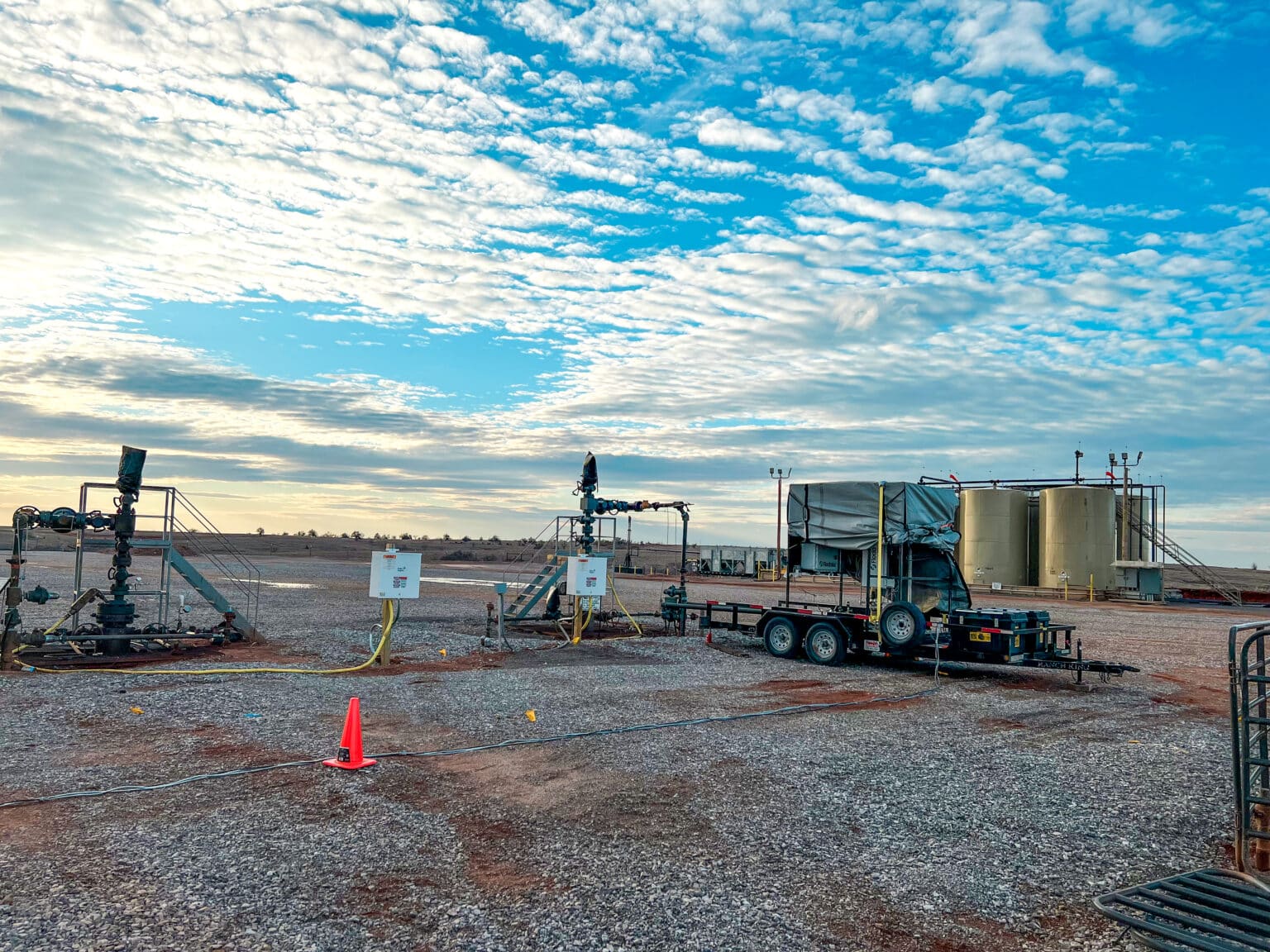Multiphase flow meters (MPFMs) have been a topic of discussion in the oil and gas industry for some time now. Although they are not widely used in onshore North America, their popularity is growing. In this blog, we will discuss what multiphase flow meters are and why they are the future for flow measurement. We will also explain the benefits of using a multiphase flow meter, how they compare to other flow meters, and the latest technology in the field.
What are Multiphase Flow Meters?
Multiphase flow meters (MPFMs) measure the flow rate of different fluids in a pipe simultaneously. A 3-phase multiphase flow meter is typically used to measure the flow of oil, gas, and water.
How Do Multiphase Flow Meters Work?
There are several types of multiphase flow meters available in the market. However, most of them work on the same principles that create limitations. Many of the multiphase flow meters available on the market today use a radioactive gamma source to take a reading of the mixture in the pipe. The problem with this method is you are taking a measurement across a single line in the pipe, and extrapolating what is in the rest of the pipe. This creates room for error and the requirement of a nuclear source presents a number of cost and operational challenges.
Why are Multiphase Flow Meters the Future for Flow Measurement?
Using a multiphase flow meter can help engineers reduce the amount of equipment on the well site while still receiving accurate measurement of oil, gas, and water rates, which reduces capital costs and ongoing operating costs. It also has numerous environmental, social, and governance (ESG) benefits, such as reducing pad sizes and requiring fewer connections, reducing the overall environmental footprint.
These meters can also be used for production optimization. Accurate, high-frequency flow measurements enable engineers to optimize the production process. This can lead to increased production rates, improved well performance, lower maintenance, and increased profitability.
How do Multiphase Flow Meters Compare to Other Flow Meters?
Multiphase flow meters offer distinct advantages over traditional single-phase flow meters when measuring fluids that contain two or more phases. The largest advantage is reducing the need for separation.
Most meters designed to measure single-phase flow such as a Coriolis meter for oil, turbine meter for water or orifice meter for gas, require the fluids to be adequately separated before flowing through that particular meter. These meters typically are measuring a total flow rate so they do not have the ability to distinguish between different phases.
The need for separation creates a number of large costs. First, you are required to install a separator which can be expensive and require substantial maintenance throughout the life of the well. Additionally, once the three fluids are separated, you need piping for each individual phase to route them to their respective meters and onto storage tanks or the meter run. This additional piping creates complexity and further cost.
The other downside to this approach is the need to constantly verify that your separation is working correctly and that water is not going into your oil line, oil into your water line, or liquids into your gas line. This requires constant monitoring and adjustment.
Multiphase flow meters provide a versatile, low-maintenance option for measuring fluids with complex compositions or multiple phases compared to traditional single-phase flow meters.
What makes the T-Viz meter different from other multiphase flow meters?
The T-Viz multiphase flow meter is a revolutionary technology due to its unique features. The T-Viz meter does not require a nuclear source, does not require constant recalibration or flow conditioning, and can create 2D and 3D imaging of the flow in the pipe.
The unique approach to measuring multiphase flow by taking “whole-of-pipe” measurements reduces the need for extrapolation and provides direct measurement of the fluids flowing through the pipe. Additionally, the unique approach we have taken to measuring 3-phase flow has enabled the T-Viz meter to have a low-cost BOM, reducing the cost for operators to implement multiphase flow measurement.

Conclusion
The T-Viz meter is a well designed solution for measuring oil, gas, and water flow rates simultaneously. Its unique features and absence of a nuclear source make it stand out from other multiphase flow meters, offering a more efficient and cost-effective solution for operators to implement.
If you’re looking for a multiphase flow meter that can handle the challenges of your oil and gas operation, consider the T-Viz meter. Contact us today to learn more and discuss how we can help improve your production process.

